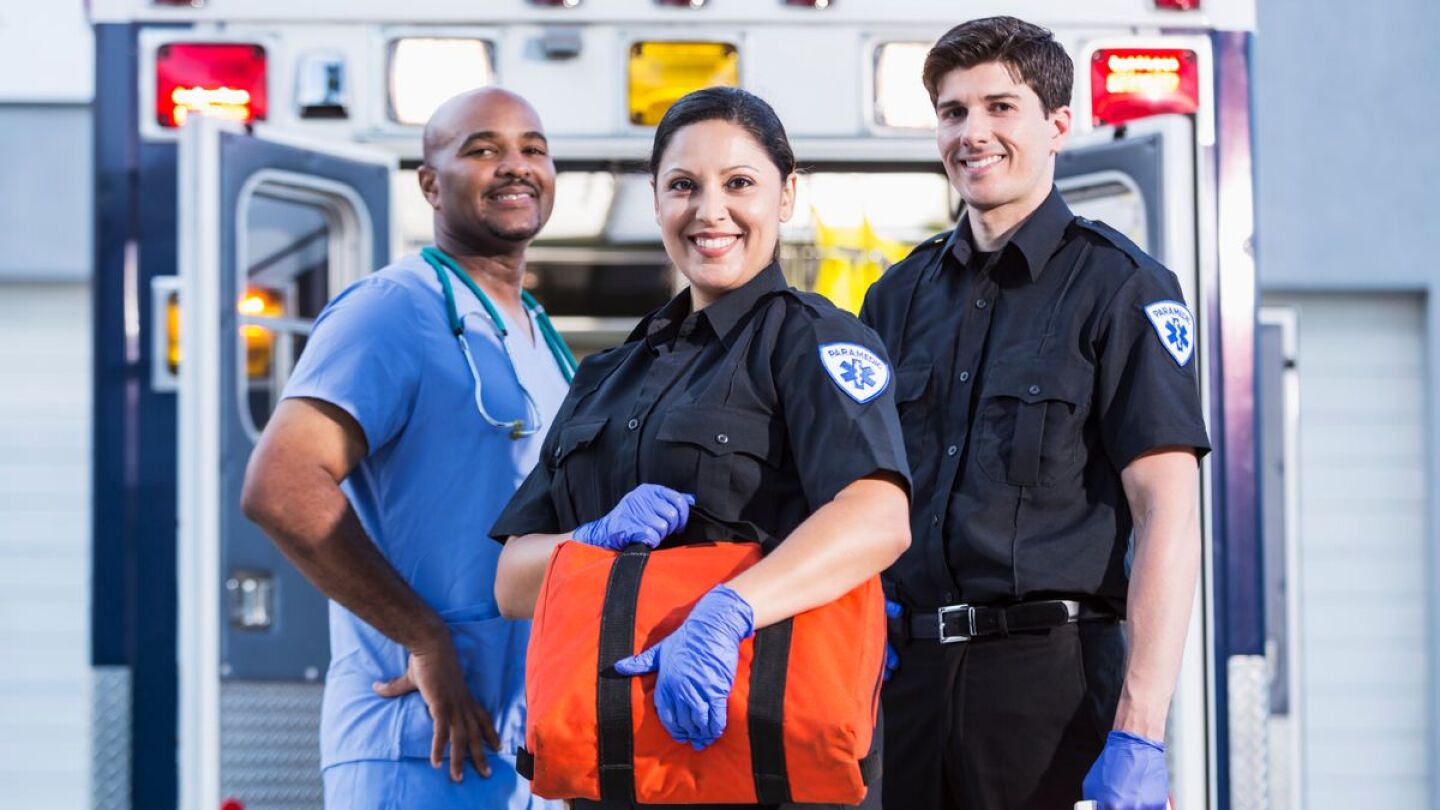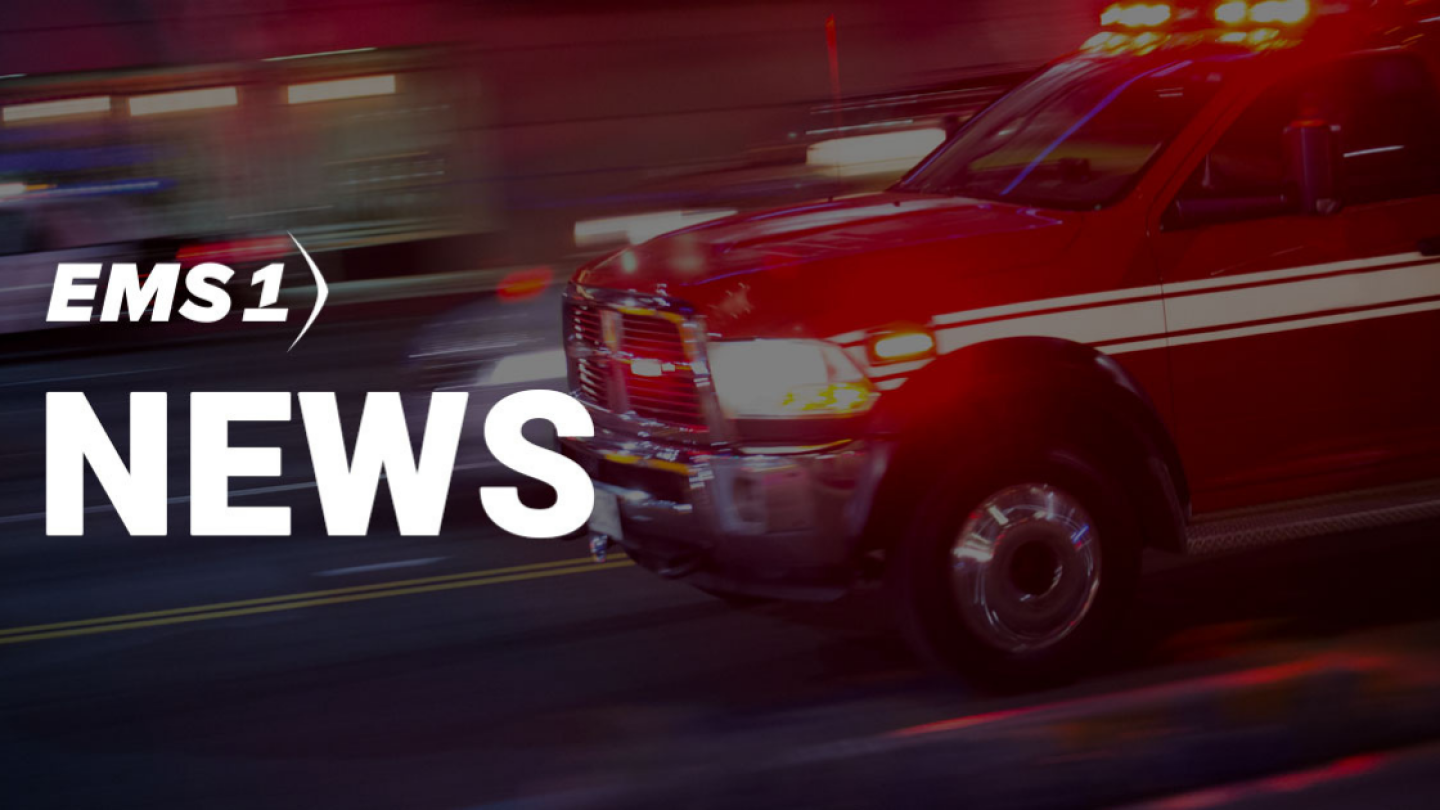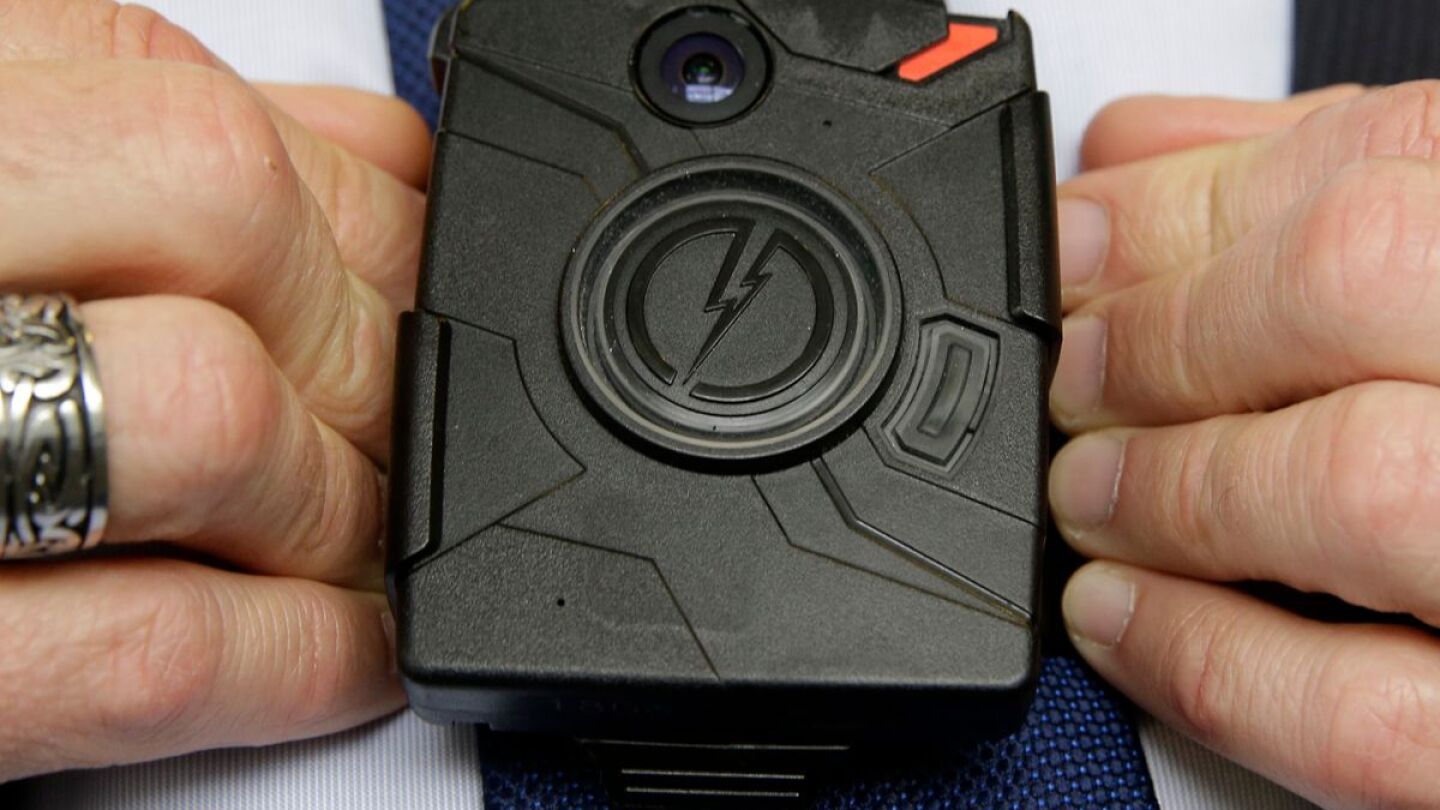EMS Training and Education
Your go-to resource for evidence-based EMS training, continuing education, instructor development and industry innovation. Find expert articles, videos, product reviews and specialized resources to support EMTs, paramedics, medical directors and educators. Stay current on instructor best practices, CEU requirements, virtual training trends, simulation strategies and educational policy affecting prehospital care.
EMS Training and Education Resources
Practical, authentic ways to show gratitude and strengthen community ties with the people who respond first when it matters most
5 tips to quickly find a patient’s radial pulse for vital sign assessment
Educating patients at the highest risk for suffering a fatal overdose
Interested in becoming a flight medic? Learn what it takes to join an elite team in the sky
Steve Whitehead explains why real drownings are quiet, fast and nothing like the splashy TV version
EMS leaders and educators delve into the creation and impact of the Kentucky EMS Leadership Academy — designed to empower small-town providers with big-picture leadership skills
Simulation in Motion Montana was in Kalispell delivering essential skills and knowledge in a realistic setting
Air Evac Lifeteam 142 held operations training for first responders at Smith Northview hospital in Lowndes County
Get better every shift with stress management and leadership insights from Aaron Zamzow and Janelle Foskett
How well do you know your prehospital medications?
Paramedic and ACLS instructor Jay Van Zeeland summarizes the ACLS protocols
San Bernardino County Fire Department’s John Commander was recognized for his dedication to EMS training
Adopting programs to improve EMS service delivery and agency culture
Training in Hartshorne focused on administering naloxone and patient care
Multiple agencies and departments in Palestine trained on communications and response in a simulated active shooter event
Teaching EMTs the three key critical thinking skills
SIM-IA has been visiting cities on the RAGBRAI route to offer EMS training through clinical scenarios
75% of respondents said the high-stress nature of the job was the major factor in staffing shortages
3,100 paramedics weigh in on reducing stress, staffing challenges and leadership shortfalls
KG shares his motivation in making a career change and how to avoid burning bridges
Students need to feel challenged, and making them think is a win-win
Despite providing documentation for his accommodations, the N.C. Office of EMS denied Austin Freidt a paper exam and a reader
Whether it’s your first time setting foot in the Alamo City or you’re a regular on the River Walk, this year’s conference location offers something for everyone
If approved, Hamilton County EMS may be able to move out of their nearly-century old facility
Takeaways from Dr. Tan and Chief Wylie on training and communicating to deploy rescue task forces, unified command and casualty collection points
Tenn. school hopes $22M investment improves county EMS staffing
Bullitt County could be the first EMS department in the state to use body-worn cameras
First responders in Boulder County trained for three days over multiple scenarios at Arapahoe Ridge High School
Thomas County Emergency Services Committee and Southern Regional Technical College look to cross-train future recruits
Louisville Metro Police Department is training officers to do more before EMS arrives
EmergyCare’s Camp EMS offers a view into a career in EMS with hands-on training and demonstrations
The U.S. Agriculture Department grant will give incident command training between the agriculture industry and first-responders
Dr. Lori Moore-Merrell announces plans to rename the USFA to the U.S. Fire and EMS Administration
The University of Iowa Simulation in Motion’s three vehicles each carry a simulated emergency bay, ambulance box and four patient simulators.
First responders in Juneau County had been planning the mass casualty drill for 4 years
First responders in Norman drilled several times with several scenarios focusing on quickly treating the wounded



































